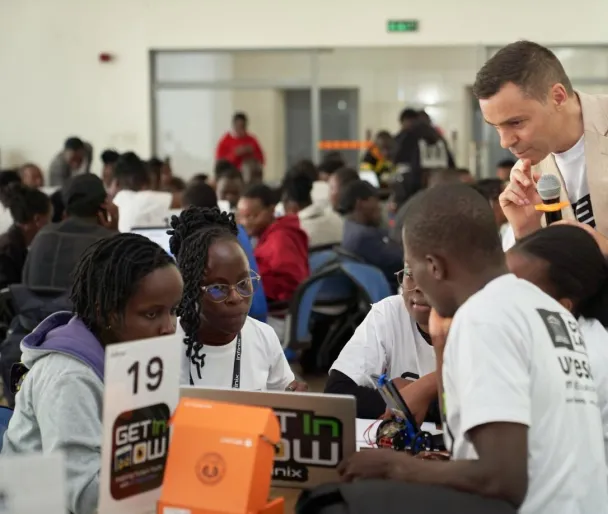Using AI camera technology to help make sites safer

After months of collaboration, the Downer Zero Harm team and our R/VISION specialists were able to share the fruits of their labour at the Downer Engineering Conference in Palmerston North, presenting the pilot programme using AI Cameras for Health & Safety.
This pilot places Mobile AI Camera Units on sites to enable adjustments to be made based on data via alerts, predictive analytics and auto-risk assessments. Using an agile and iterative approach, this pilot went from initial discussions to the first live Mobile AI Unit on site within just 2 months, and then to 3+ live sites piloting this technology in the next 90 days.
It all started with a simple question: “How might we use technology to enable people to make faster and better decisions to prevent harm?”
RUSH and Downer collaborated to identify the scope of this pilot project outlining critical risks and key metrics for the pilot. These included encroachments of a no-go zone or exclusion zone, encroachment into live traffic lanes, average speed through a closure, and PPE observations. Based on these, we picked a range of Downer sites to test the pilot that accounted for a variety of scenarios - some static sites with no traffic and some highly dynamic roading sites.
The iterative development of the Mobile Camera Unit is now up to generation 4; a process of prototyping and refinement to reach a scalable unit which can be easily deployed at varying site locations and configurations without specialist training or prohibitive costs. With each iteration, the unit was designed to be more compact with a lower overall weight requiring fewer people to lift and configure it.
Alongside the pilot programme reveal, RUSH brought an interactive booth to the Downer Conference, putting the capabilities of the R/VISION platform on display for person detection and identifying various zones with a construction site. The crowd of engineers and industry professionals were able to enjoy some ‘serious play’ moving a small toy digger around the marked zones, noting that the live mounted camera and computer vision model would detect and classify what the object was, and when it crossed into a zone it shouldn’t be in.
This AI enabled computer vision technology could be applied to all critical risks, enable real-time alerting and live risk assessment, and improve workflows and management through collecting data on site.
Ultimately, using AI in construction is about increasing the safety performance of projects and making sure people get home safe.








